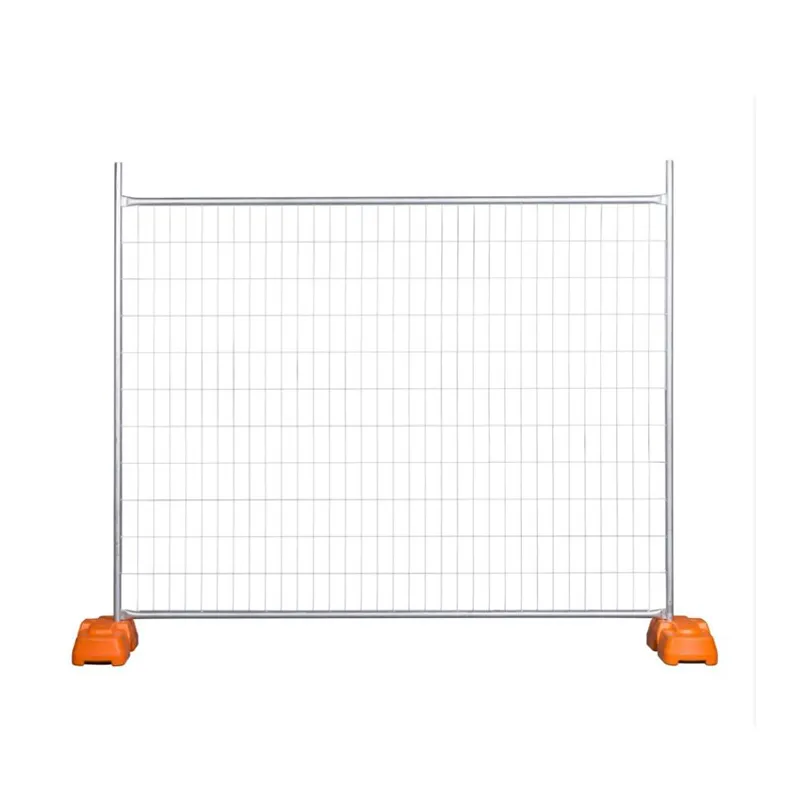
- Afrikaans
- Albanian
- Arabic
- Armenian
- Azerbaijani
- Basque
- Belarusian
- Bengali
- Bosnian
- Bulgarian
- Croatian
- Czech
- Danish
- Dutch
- English
- Esperanto
- Estonian
- Finnish
- French
- Galician
- Georgian
- German
- Greek
- hawaiian
- Hindi
- Hungarian
- Indonesian
- irish
- Italian
- Lao
- Latvian
- Lithuanian
- Luxembourgish
- Macedonian
- Maltese
- Myanmar
- Norwegian
- Polish
- Portuguese
- Romanian
- Russian
- Serbian
- Slovak
- Somali
- Spanish
- Swedish
- Thai
- Turkish
- Turkmen
- Vietnamese
Dec . 11, 2024 10:08 Back to list
How to Properly Install a Barbed Wire Fence for Maximum Security and Durability
Installing Barbed Wire Fence A Comprehensive Guide
Barbed wire fencing is a robust and practical solution for various applications, ranging from agricultural to industrial purposes. Its primary function is to provide security and contain livestock, while also serving as a deterrent against intruders. If you are considering installing a barbed wire fence, this guide will walk you through the essential steps and considerations to ensure a successful installation.
Step 1 Planning and Preparation
Before you start the installation, proper planning is crucial. First, determine the purpose of your fence. Are you protecting crops, enclosing livestock, or securing a property? Understanding the function will guide your design choices.
Next, check local regulations regarding fencing height, materials, and property lines to avoid any legal issues. After that, outline the area where the fence will be installed. Mark the corners and any gates you may want to install. It’s essential to know how many strands of barbed wire you plan to use; typically, two to five strands are standard for livestock containment.
Step 2 Gathering Materials and Tools
Once you've established your plan, gather the necessary materials. For a basic barbed wire fence, you will need
- Barbed wire Available in various gauges and lengths. Choose a gauge appropriate for your needs heavier gauges provide more strength. - Fence posts Wooden or metal posts are common. Wooden posts should be treated for durability, while metal posts last longer but may be more expensive. - Wire tensioners These help tighten the barbed wire and maintain the fence's integrity. - Gates Plan for entrances where needed. - Tools You will need a post hole digger, wire cutter, pliers, a level, and a hammer.
Step 3 Installing Fence Posts
Begin by installing the fence posts, which are the backbone of your barbed wire fence. Use a post hole digger to create holes at least two feet deep, ensuring stability. The distance between posts typically ranges from 10 to 12 feet, but this can vary based on terrain and intended use.
installing barbed wire fence

Place the posts in the holes, making sure they are vertical and aligned. Use a level to check their straightness. Next, fill the holes with dirt or concrete to secure the posts firmly. Allow any concrete to cure before proceeding.
Step 4 Stretching and Attaching Barbed Wire
Once the posts are set, it’s time to unroll and attach the barbed wire. Start at one end of the fence line, using the wire’s end to thread through the tensioning device at the first post. Secure it tight; this initial strand will serve as a guide.
Continue to unroll the wire along the top of the posts. As you move along, make sure to maintain tension but avoid over-tightening, which can warp the posts. Use wire cutters and pliers to cut the wire as needed and secure it to each post.
Step 5 Finishing Touches
With the barbed wire in place, inspect your installation. Ensure that the wire is tight and uniformly spaced. If you’ve installed multiple strands, maintain equal distance between them. For enhanced security, consider adding a wooden or metal top rail.
Finally, check the entire perimeter for any potential weak spots. A well-installed barbed wire fence should be safe, secure, and effective in serving its purpose.
Conclusion
Installing a barbed wire fence requires careful planning and execution, but the results are well worth the effort. This type of fencing provides a durable solution for security and containment, making it a valuable addition to farms, properties, and businesses alike. By following the steps outlined in this guide and paying attention to detail, you can successfully install a barbed wire fence that will serve your needs for years to come. Whether you tackle the project alone or enlist the help of friends, a sturdy fence is a testament to diligence and preparation.
-
Versatile Sheep and Livestock Hurdles for Sale
NewsApr.14,2025
-
The Rise of BRC Fencing
NewsApr.14,2025
-
High-Quality Cattle and Horse Panels for Sale
NewsApr.14,2025
-
Durable Cattle Fencing Solutions
NewsApr.14,2025
-
Double Wire Fencing Solutions
NewsApr.14,2025
-
360 Degree Protection with 358 Anti-Climb Fences
NewsApr.14,2025









